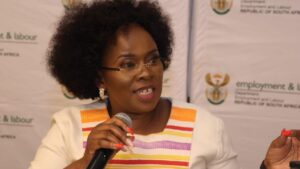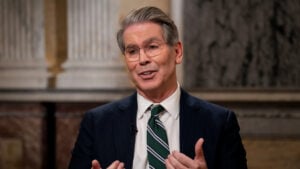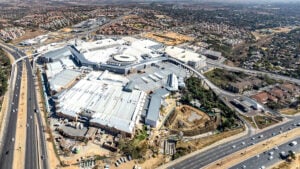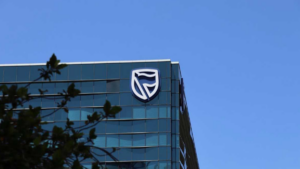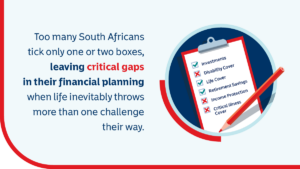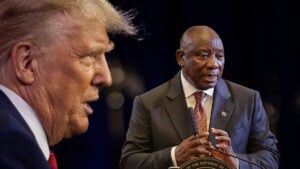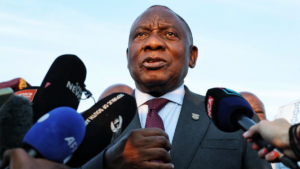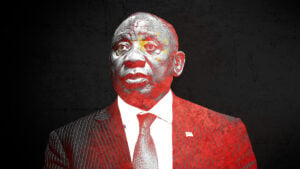Interest rate hope for South Africa
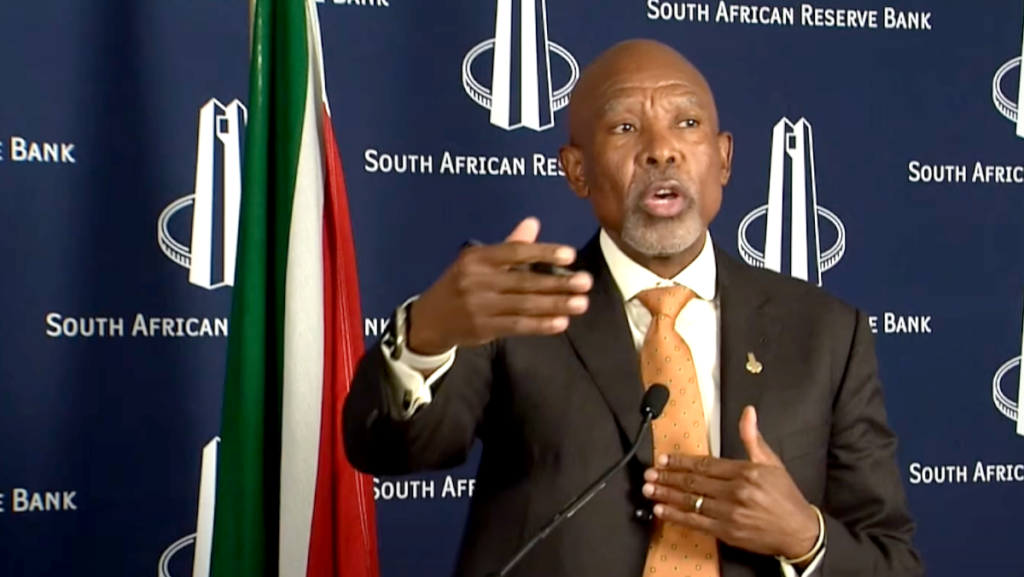
With the looming turmoil of a 30% tariff on South Africa’s exports to the United States and heightened uncertainty, economists don’t expect an interest rate cut in July.
However, with the current repo rate well above the neutral interest rate, Investec believes South Africa has room for three more interest rate cuts this year, and even more in 2026—although we are likely to see only one or two.
This will depend on various factors, including the much-talked-about change to the South African Reserve Bank’s (SARB’s) inflation target and how US markets deal with the tariff wars, but prospects are still positive, despite the broader economic concerns.
According to Investec chief economist, Annabel Bishop, this is because South Africa’s headline inflation rate is far below the Reserve Bank’s current target of 4.5%, giving room for more interest rate cuts.
The SARB’s Monetary Policy Committee (MPC) will meet at the end of the month to vote on the next move. The outcome will be announced on 31 July.
Since the cutting cycle started in September 2024, South Africa has already seen cuts of 100 basis points, but the path has not been consistent.
Two 25 basis point cuts at the tail end of 2024 were supposed to herald a string of cuts in early 2025, with economists seeing the additional cuts front-loaded in the first half of the year.
However, the new Trump administration, which took office in February 2025, immediately caused global market uncertainty. Its chaotic policy moves, particularly around trade tariffs, upended most modelling and introduced great inflation risk.
As a result, the SARB held rates in March after a cut in January, then delivered a surprise cut in May as markets settled somewhat amid tariff negotiations and lower-than-expected inflation readings.
Unfortunately, with the announcement of a 30% tariff on South African exports to the United States kicking in from 1 August, uncertainty has flared, casting doubt on whether the Reserve Bank will cut again.
According to Bishop, South Africa’s inflation path is still below the SARB’s target, but the central bank has slowed its rate cut trajectory.
Because of this, the bank does not expect a rate cut in July, especially following the cut in May.
However, with the current repo rate well above the neutral interest rate, there is room for many more cuts in 2025 and into 2026.
Given the various factors under consideration, though, this will likely translate into at least one more 25bp cut in 2025, possibly another cut in early 2026.
| Quarter | Repo Rate | Prime Lending | Move |
|---|---|---|---|
| Q1 2025 (Jan/Mar) | 7.50% | 11.00% | – |
| Q2 2025 (May) | 7.25% | 10.75% | 25 bp cut |
| Q3 2025 (Jul/Sep) | 7.25% | 10.75% | Hold |
| Q4 2025 (Nov) | 7.00% | 10.50% | 25 bp cut |
| Q1 2026 (Jan/Mar) | 6.75% | 10.25% | 25 bp cut |
| Q2 2026 (May) | 6.75% | 10.25% | Hold |
| Q3 2026 (Jul/Sep) | 6.75% | 10.25% | Hold |
| Q4 2026 (Nov) | 6.75% | 10.25% | Hold |
New inflation target and US troubles
Bishop noted that the Reserve Bank’s new inflation target, including how low it is and the timeline within which it expects to reach it, will determine South Africa’s interest rate path.
FNB economists recently pointed out that it takes upwards of two years, under more stable conditions, for the target changes to take root.
A reduction in the inflation target is widely expected, with the SARB and National Treasury working on this currently, and the SARB preferring 3.0% y/y to the current 4.5% y/y target midpoint.
“The announcement, which is likely this year, is expected to see the new target range come in over the next year to two, avoiding an abrupt change,” Bishop said.
A structurally lower inflation and interest rate environment will be positive for investors, financial markets, corporates and individuals in general, she said.
However, Bishop warned that there could be some initial pressure on interest rates.
Another key factor at play is the path of the United States Federal Reserve and how the Trump administration’s tariff war will impact US markets.
While South Africa does not make rate decisions fully in line with the US Fed, it is a key factor given the influence of the US/SA rate differential on things like the US dollar/rand exchange rate.
The first quarter of the year already started with marked financial market volatility, caused by the broad sweeping US tariff announcements in April, which caused substantial concerns around the global growth outlook.
This also raised US inflation expectations and weakened the dollar.
As a result, US interest rate cut expectations shifted towards the end of 2025 and into 2026 following the heightened protectionism of the US administration this year, with investor sentiment affected and uncertainty elevated.
Members of the Federal Reserve Open Market Committee (FOMC) still expect two 25-basis-point rate cuts each in 2025 and 2026. However, some expect no rate cuts in 2025, anticipating higher inflation.
Whatever the outcome, South Africa is expected to closely align.

